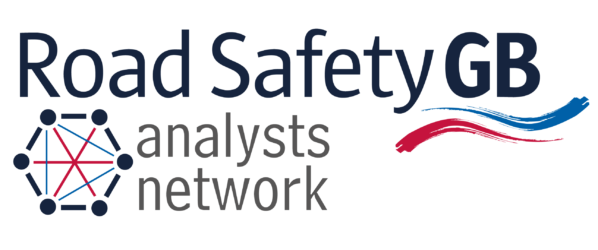The use of vehicle GPS data, or floating car data, is an emerging source of information that is becoming helpful in understanding traffic speeds and flows. Vehicle tracking allows monitoring the location, movements, status and behaviour of a vehicle or fleet of vehicles. This is achieved through a combination of a GPS (GNSS) receiver and an electronic device (usually comprising a GSM GPRS modem or SMS sender) installed in each vehicle, communicating with a user (dispatching, emergency or co-ordinating unit) and PC-based or web-based software.
There are many potential sources of data to help understand how vehicles and even cyclists are using the road network. Information from vehicle systems where there is a built-in-GPS sensor, or where there is an aftermarket sensor are one primary source. Information from mobile phone GPS sensors, or mobile phone signal triangulation may also be used.
There are lots of example of this data in use for traffic monitoring and live updates through built-in satnav systems, or those provided via a smartphone. Road users can quickly get information on live traffic based on unusual traffic patterns. The use of this data for road safety purposes is booming, especially in the UK where a number of data suppliers now exist. The Department for Transport has used journey time information via GPS sources for a number of years in its publications on road congestion and travel times, available here.
Floating car data is usually matched to individual road links rather than a specific point on a road and may therefore produce different results to those seen with traditional automatic traffic counters. The advantage however is that there is a greater coverage without the need to commission specific surveys. Another drawback is that the data may not be representative of the vehicle fleet with motorcycles for example infrequently monitored.
Ordnance Survey provide speed data matched to their road network and there are a growing number of other providers, such as TomTom, who generally supply information from a single data source. Access the Ordnance Survey Mastermap Highways Network with speed data here or TomTom’s Traffic Stats here.
Ideally an aggregated dataset from various different sources would provide greater coverage and vehicle counts. Both Ordnance Survey and TomTom data has been used to evaluate the impact of speed limit changes without relying on before and after surveys. Many local authorities now use this data in their own systems, or through third-party tools to analyse speed compliance. A link to these reports is provided below.
